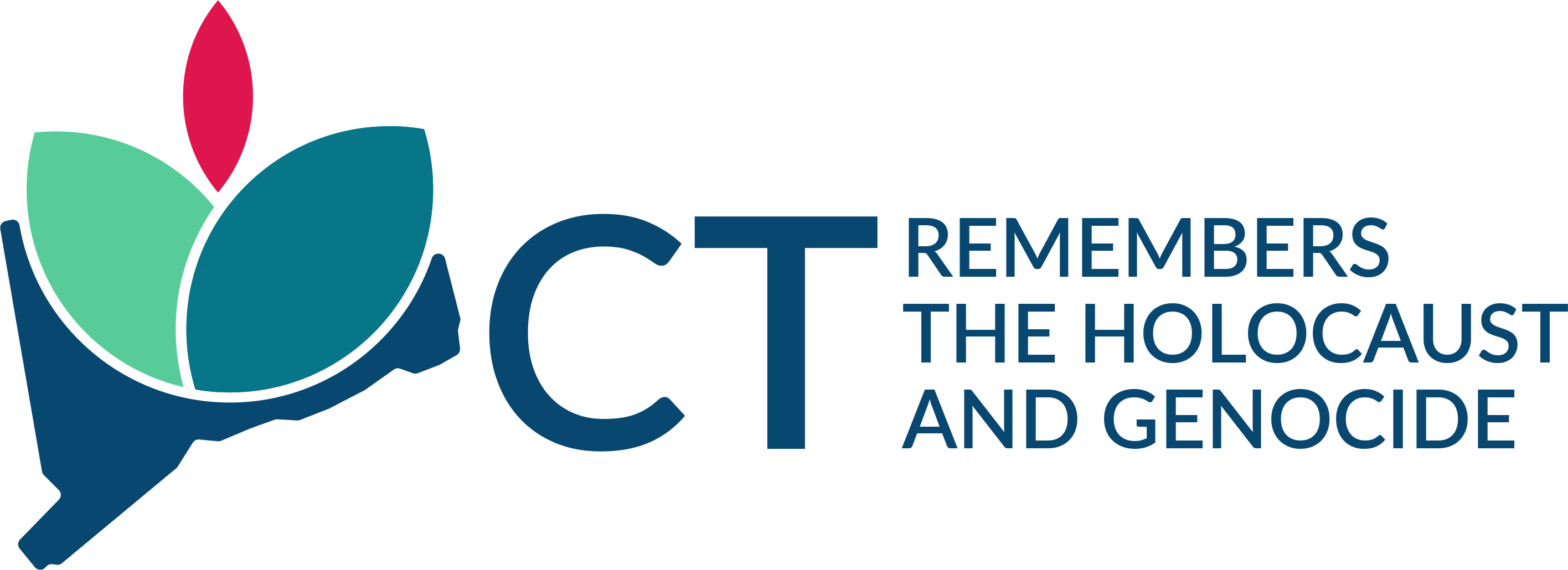High School Lessons on the Holocaust & Genocide
Moral Choices in Times of Crisis — Perpetrators, Bystanders, and Upstanders
This module examines the moral and ethical choices individuals make in moments of social injustice, violence, or crisis. Students will explore the roles of perpetrators, bystanders, and upstanders/rescuers in historical and contemporary contexts, analyzing the psychological, social, and cultural factors that influence human behavior. Using case studies, survivor testimonies, literature, and primary sources, students will investigate what drives people to harm others, remain passive, or take courageous action to help.
By considering the motivations, pressures, and consequences associated with each role, students will develop a deeper understanding of individual and collective responsibility. The module aims to foster empathy, moral reflection, and a sense of agency in students as they consider how they might respond in the face of injustice.
Overarching Questions:
- Why do some people choose to hurt others? (Perpetrators)
- Why do some people resist helping others? (Bystanders)
- Why do some people choose to help others? (Upstanders/Rescuers)
Through these essential questions, students will critically reflect on human behavior and their personal capacity to make ethical choices in their communities and the wider world.
Remembering Through Memorials — Interpreting Holocaust and Genocide Commemoration
This module invites students to explore how societies remember atrocities through public memorials, with a focus on the Holocaust and other genocides. By analyzing historical and contemporary memorials from around the world, students will consider how design, symbolism, location, and narrative shape public memory. The module emphasizes critical visual literacy and historical inquiry, encouraging students to interpret how memorials reflect cultural values, collective grief, and the ongoing struggle to confront difficult pasts.
Overarching Questions:
- What stories do memorials tell, and whose perspectives do they represent?
- How do design and symbolism influence how we remember genocide and the Holocaust?
- In what ways do memorials shape collective memory, responsibility, and action today?
By the end of the module, students will be better equipped to critically evaluate public history and consider their personal role in remembrance and justice.
Lessons:
Critical Thinking Check:
Moral Choices in Times of Crisis
- Under what circumstances do you think it is especially important to stand up to injustice?
- What advice can you give to friends and/or family about their role as individuals living in a larger community?
- What is your responsibility as an individual who lives and works in larger communities - in a school, a family, a neighborhood, a nation, a world?
Remembering Through Memorials
- What is the purpose of memorials and monuments? What impact do they have on us and the way we think about history?
- What can we learn from memorials and monuments about the beliefs and values of the people who created them?
- How can individuals and communities shape public memory and influence people’s beliefs and attitudes through the creation of memorials and monuments?

herocenter@ctvoicesofhope.org | 860.470.5591
20 Waterside Drive, Suite 100, Farmington, CT 06032
